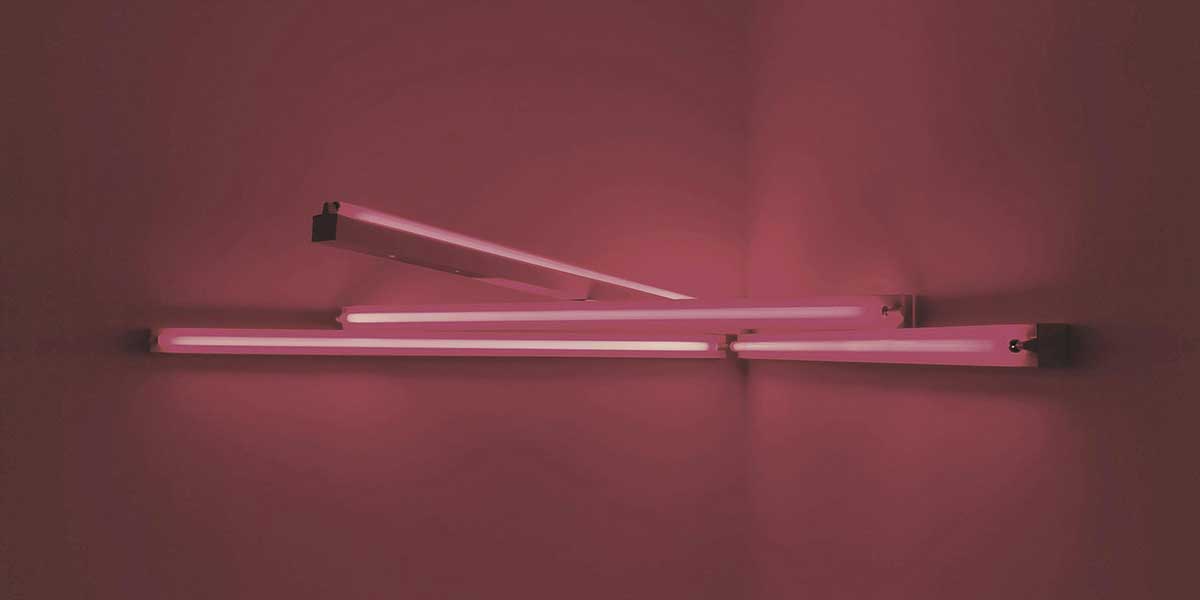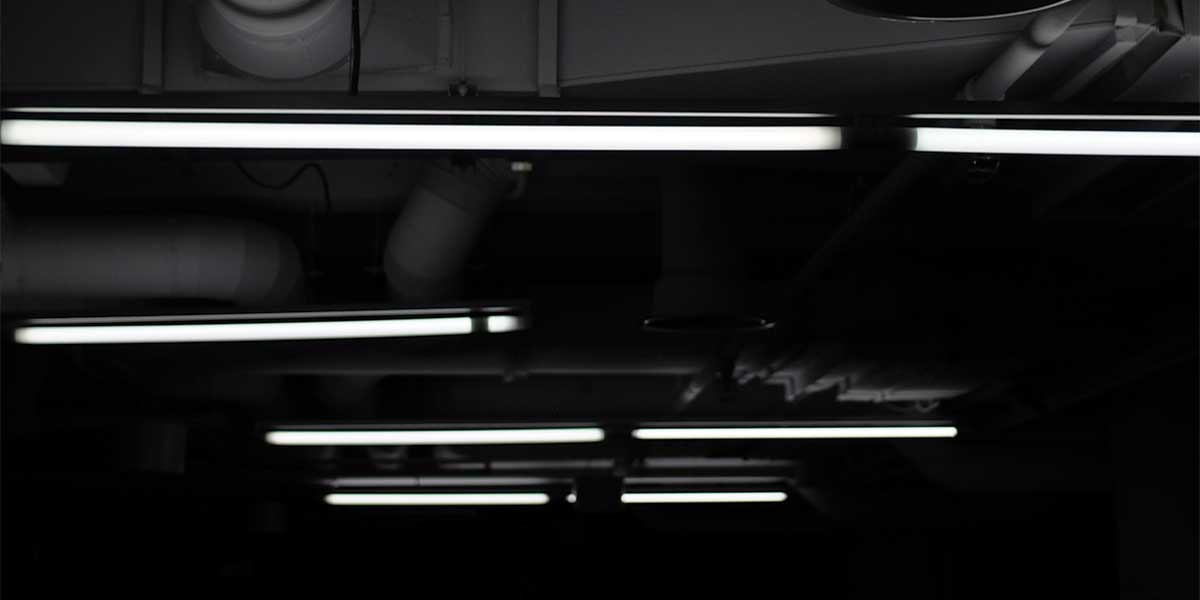Comprehensive Guide to Fluorescent Lighting Repair, Maintenance, and Ballast Upgrades
At Expert Electric, we frequently receive inquiries regarding fluorescent lighting repair and upgrades. Fluorescent lighting systems remain widely used in homes, offices, and commercial spaces because of their energy efficiency and long lifespan. However, when upgrading fluorescent lighting, don’t forget the ballasts, an often-overlooked component that ensures optimal lighting performance, energy savings, and safety.
In this comprehensive guide, we’ll cover:
-
Why ballasts matter when upgrading fluorescent lighting
-
Common fluorescent lighting problems and solutions
-
Benefits of ballast upgrades
-
DIY troubleshooting tips
-
Professional services for repairs and upgrades
-
FAQs to empower your decisions
Common Issues with Fluorescent Lighting
Fluorescent lights can encounter several problems over time, such as:
1. Flickering Lights
Flickering is one of the most common fluorescent lighting issues. Causes include:
-
Faulty Ballasts: Ballasts regulate electrical current to the bulbs. A failing ballast can cause flickering, dimming, or complete failure.
-
Worn-Out Starters: Older fixtures use starters to ignite the bulbs. A worn-out starter can prevent the bulb from lighting.
-
Defective Tubes: Fluorescent tubes degrade over time, resulting in flickering or reduced brightness.
-
Temperature Sensitivity: Some fluorescent bulbs underperform in extremely cold environments.
2. Buzzing or Humming Sounds
A buzzing noise often signals:
-
Old Magnetic Ballasts: Traditional magnetic ballasts tend to hum as they age. Upgrading to electronic ballasts resolves this issue.
3. Failure to Illuminate
If your fluorescent lights refuse to turn on, causes may include:
-
Ballast Failure: The ballast may not supply sufficient voltage.
-
Starter or Tube Failure: Replacing these can often solve the problem.
-
Wiring Issues: Damaged wiring or poor installation can also prevent lights from working.
Understanding Fluorescent Fixtures: The Role of Ballasts
When upgrading fluorescent lighting, don’t forget the ballasts. Fluorescent fixtures have two primary components:
- The Lamp (Bulb) – Types include T12, T8, and HO.
- The Ballast – Regulates voltage and current to operate the bulb safely and efficiently.
Ballast Functions Explained
-
Voltage Boosting: Ballasts provide a quick voltage boost to ignite the bulb.
-
Current Regulation: After ignition, they maintain a constant current flow to keep the lamp operating safely.
-
Compatibility: Using an incorrect ballast can cause flickering, buzzing, and premature bulb burnout.
When upgrading fluorescent lighting, don’t forget the ballasts because new bulbs often require specific ballasts to function properly.
Benefits of Ballast Upgrades
Ballast technology has significantly improved in the past 15 years. Here’s why upgrading your ballast is essential when upgrading fluorescent lighting:
1. Improved Energy Efficiency
Electronic ballasts are more energy-efficient than magnetic ballasts, reducing electricity use and lowering your utility bills.
2. Better Lighting Quality
Electronic ballasts provide:
-
Flicker-Free Operation
-
Consistent Brightness
-
Reduced Eye Strain, improving productivity in work environments.
3. Dimming Capabilities
Electronic ballasts support dimmer switches, allowing precise light adjustments to save energy and enhance ambiance.
4. Lower Heat Emissions
Electronic ballasts produce less heat than magnetic versions, reducing cooling costs, especially in air-conditioned environments.
5. Quiet Operation
Electronic ballasts eliminate the buzzing noises associated with old magnetic ballasts, making them ideal for offices, classrooms, and homes.
6. Extended Fixture Lifespan
Upgrading your ballast extends the lifespan of your fluorescent fixtures, reducing long-term maintenance costs.
If you want a step-by-step guide on how to replace a fluorescent light ballast, check out this detailed Family Handyman tutorial for DIY insights with photos.
For a technical overview of fluorescent ballasts, including types and upgrade considerations, visit this comprehensive Lighting Design Lab resource.

DIY Troubleshooting Tips
Before calling a professional, try these steps:
Step 1. Replace Bulbs
If your light flickers or is burnt out, replace the bulb with a compatible one.
Step 2. Check the Starter
If replacing the bulb doesn’t work, check the starter (in older fixtures). Replacing a worn-out starter often fixes ignition issues.
Step 3. Inspect the Ballast
If neither fixes the issue, the ballast may be faulty. Ballast replacement involves working with electrical wiring and is best handled by professionals.
⚠️ Safety Tip: If you’re uncomfortable with ladders, heights, or wiring, contact Expert Electric for safe, reliable service.
Professional Fluorescent Light Repair and Ballast Upgrade Services
At Expert Electric, our licensed electricians provide thorough fluorescent lighting and ballast upgrade services.
Our Process
1. Detailed Inspection
We assess:
-
Flickering or dimming lights
-
Ballast compatibility with your bulbs
-
Wiring integrity for safety and performance
2. Component Replacement
We replace:
-
Faulty ballasts with high-efficiency electronic ballasts
-
Worn-out bulbs or starters
-
Damaged wiring as needed
3. Testing and Optimization
We rigorously test your system to ensure:
-
Flicker-free operation
-
Maximum energy efficiency
-
Compliance with electrical safety standards
Why Choose Expert Electric?
✅ Licensed and insured professionals
✅ Fast, reliable service
✅ Transparent pricing
✅ Commitment to safety and customer satisfaction
FAQs
Q1. Why is the ballast important when upgrading fluorescent lighting?
Ballasts regulate voltage and current for fluorescent bulbs. Using outdated or incompatible ballasts can cause flickering, buzzing, or fixture failure. When upgrading fluorescent lighting, don’t forget the ballasts to ensure compatibility and safety.
Q2. Can I replace a ballast myself?
While it’s possible, ballast replacement involves wiring and electrical safety risks. It is recommended to hire a licensed electrician, like Expert Electric, for proper installation.
Q3. What are the advantages of electronic ballasts over magnetic ballasts?
Electronic ballasts are:
-
More energy-efficient
-
Silent (no buzzing)
-
Compatible with dimmers
-
Longer-lasting
-
Emitting less heat, lowering cooling costs
Q4. How do I know if my ballast needs replacing?
Signs include:
-
Flickering or dim lights
-
Bulbs not working despite replacement
-
Buzzing noises from fixtures
-
Burn marks or discoloration on the ballast
Q5. Should I upgrade my ballast when switching to LED tube lights?
Yes. Many LED retrofits require bypassing or replacing existing ballasts. Contact Expert Electric for guidance on safe LED conversions.
Final Thought
When upgrading fluorescent lighting, don’t forget the ballasts. They are essential for:
-
Ensuring bulb compatibility
-
Improving energy efficiency
-
Enhancing lighting quality
-
Extending fixture lifespan
Upgrading your ballast alongside your bulbs guarantees safety, savings, and superior performance. At Expert Electric, we deliver precise, safe, and reliable lighting solutions tailored to your needs.
Contact Expert Electric Today
Illuminate your property with Expert Electric.
📞 Call Us: 604-681-8338
✉️ Email Us: info@expertelectric.ca
Don’t let flickering lights or outdated ballasts dim your day. Contact Expert Electric now and experience professional lighting services that brighten your space with safety, efficiency, and peace of mind.


